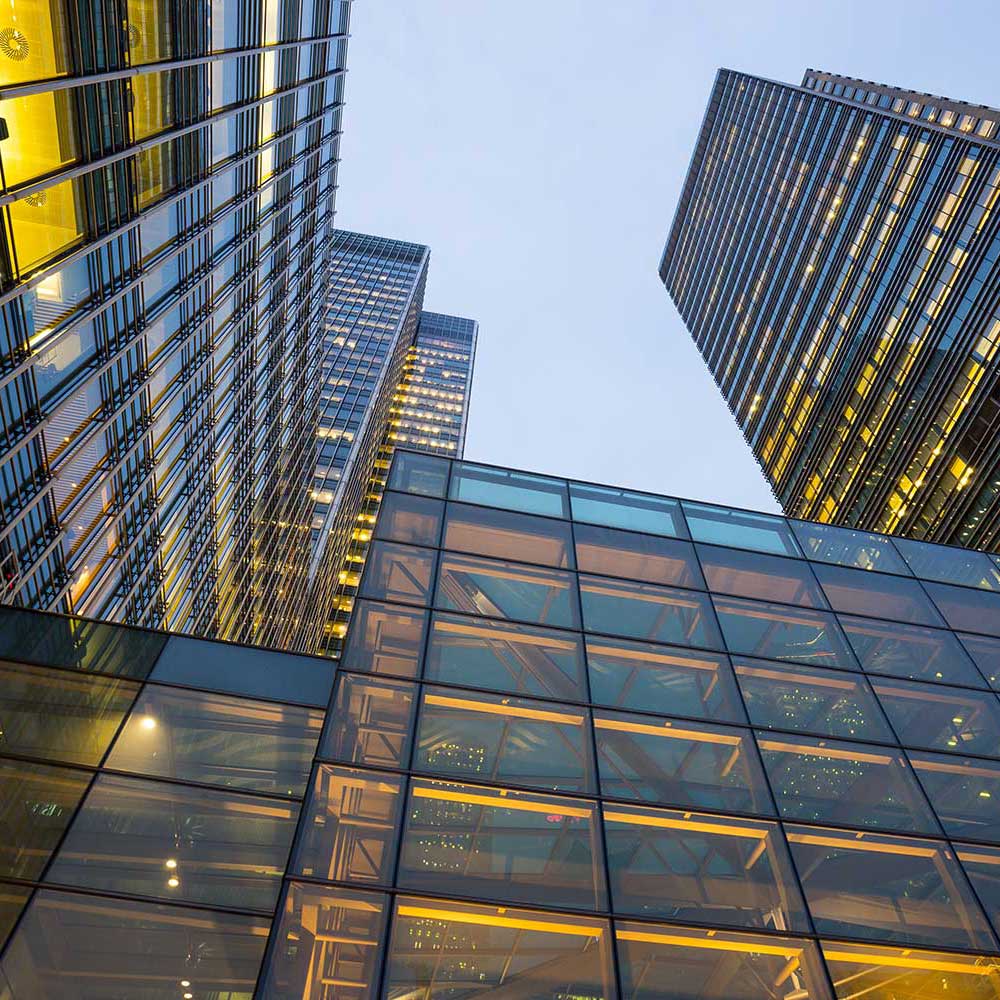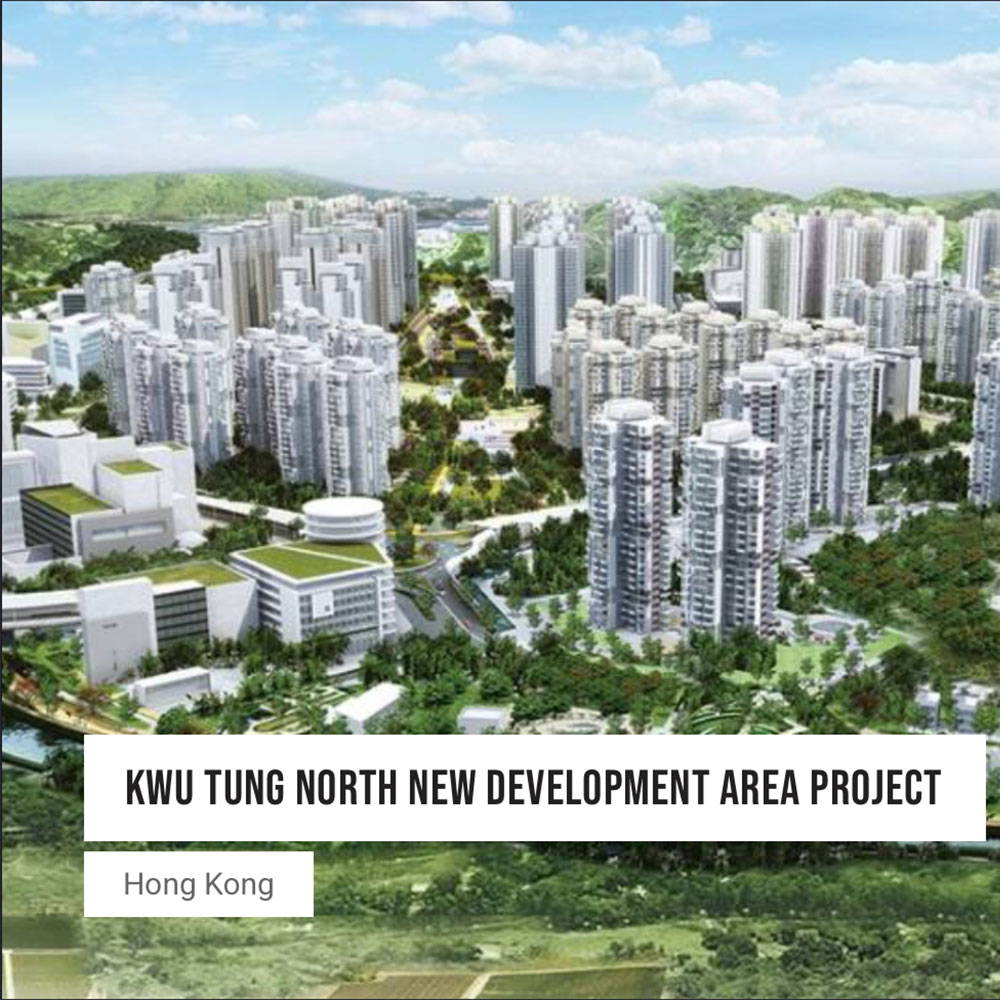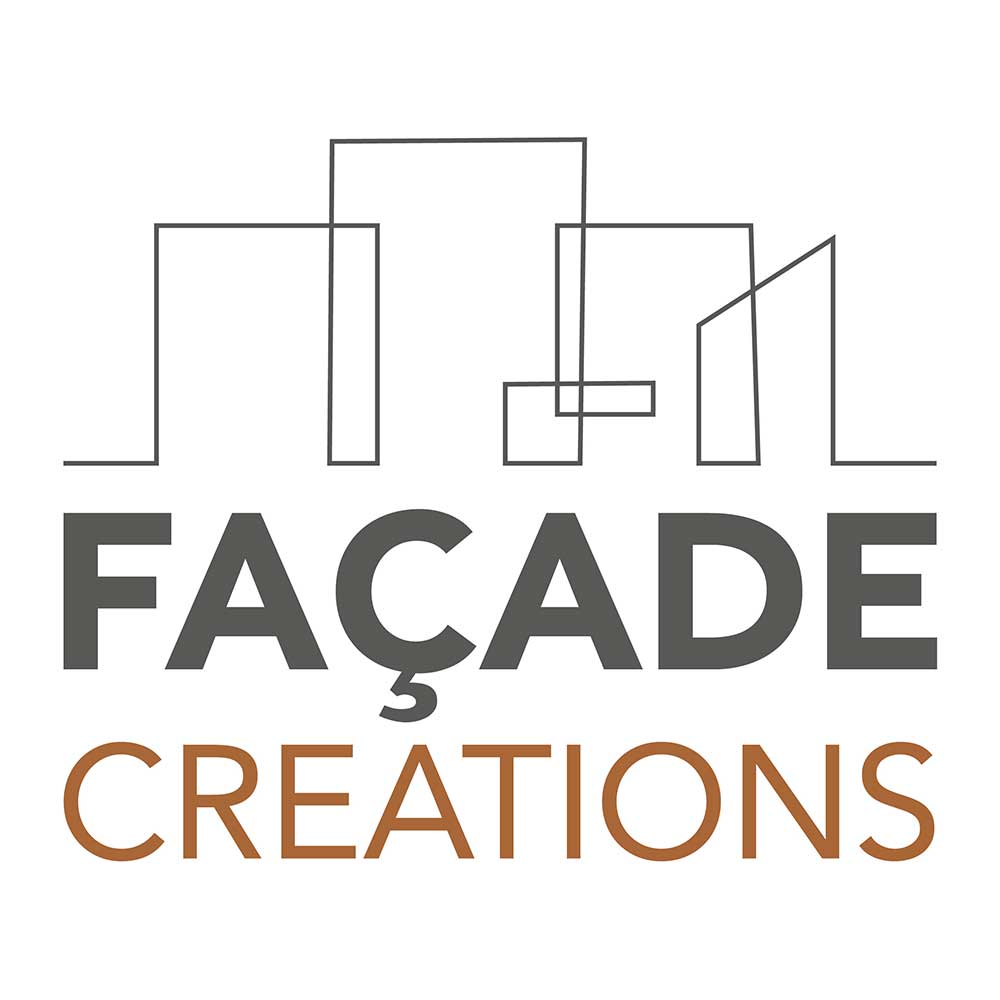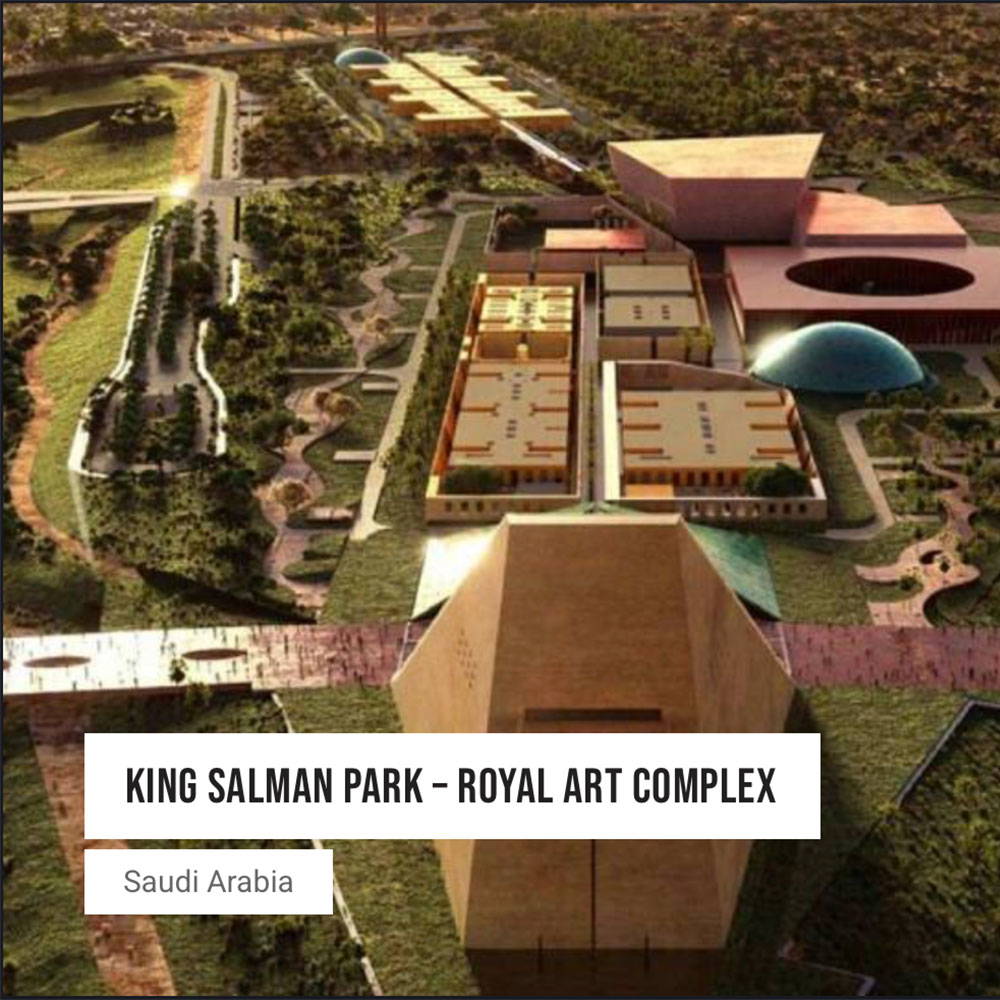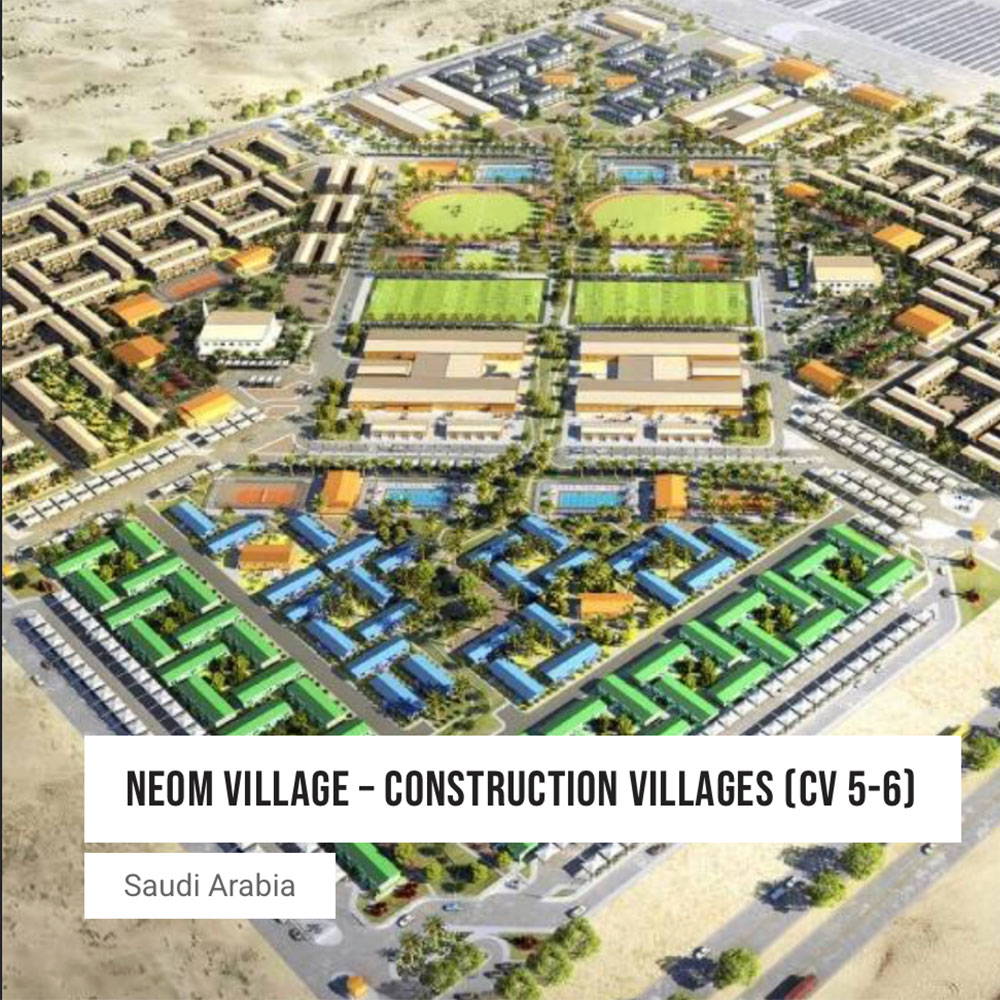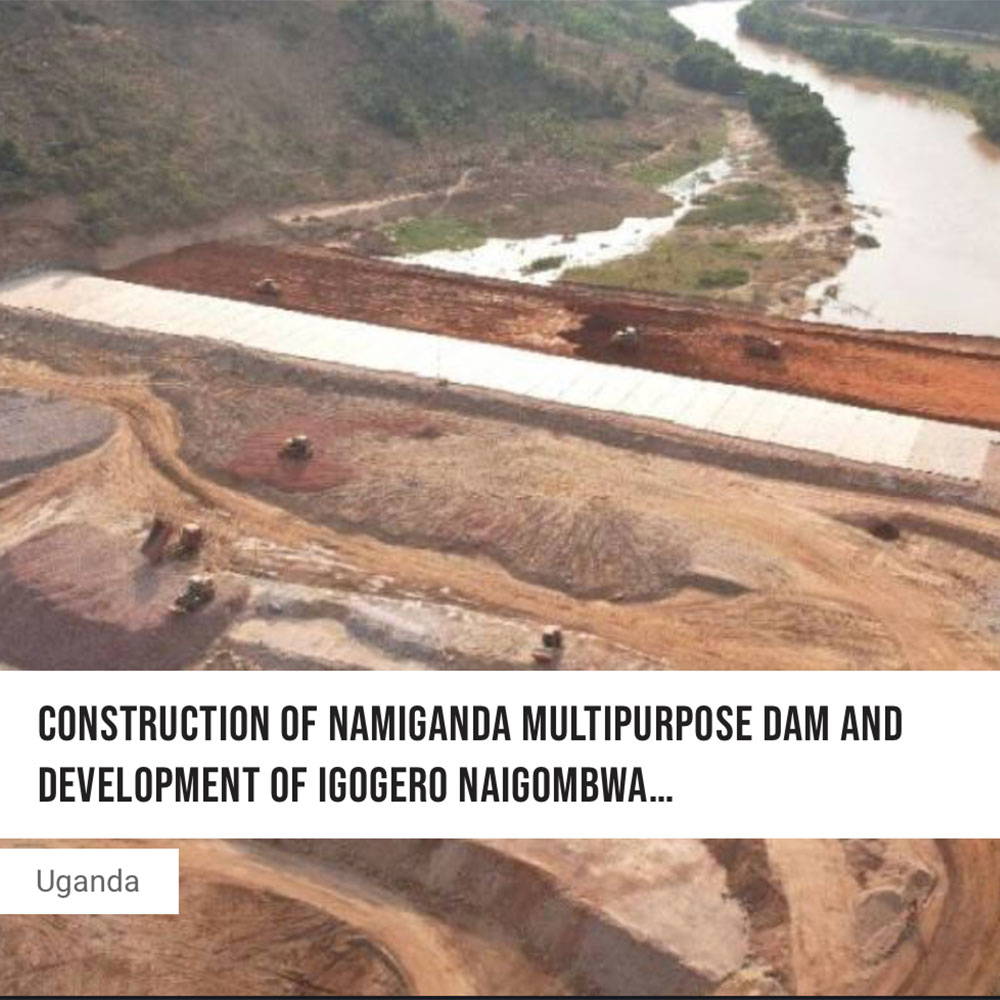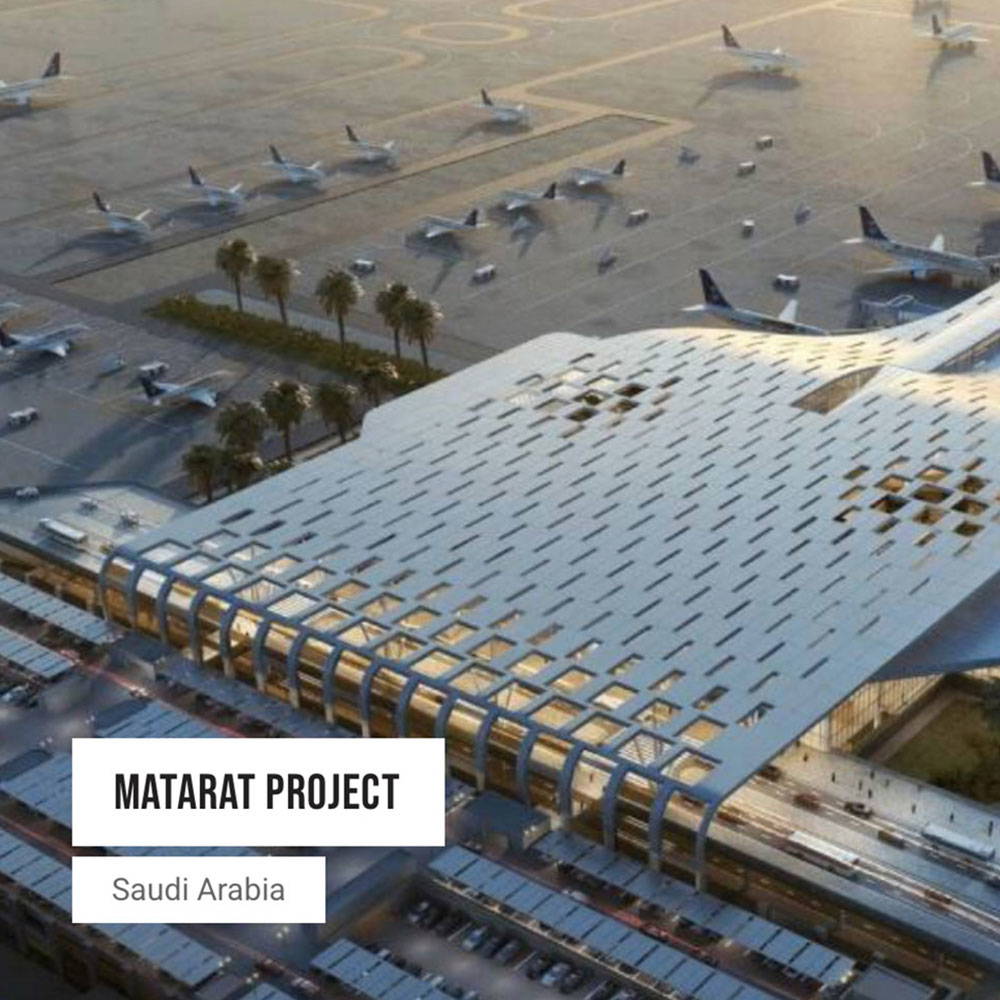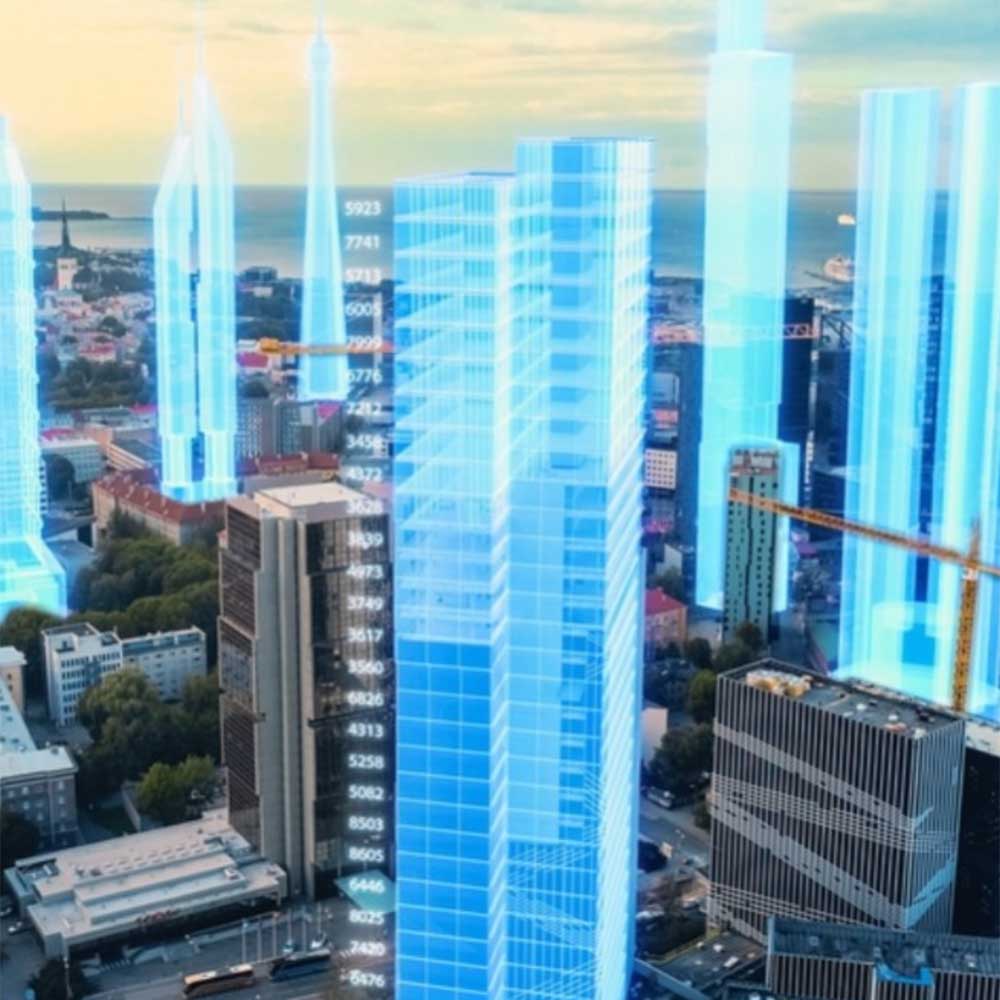Understanding and Embracing Machine Learning
Machine learning (ML) is revolutionising the construction industry, offering new ways to enhance efficiency, improve safety, and reduce costs. By leveraging data-driven insights, construction firms can make more informed decisions, optimise workflows, and mitigate risks in real time.
The Role of Machine Learning in Construction
Machine learning enables computers to analyse vast amounts of data, identify patterns, and make predictions without direct human intervention. In the construction sector, ML applications include:
- Predictive Maintenance – ML algorithms can predict equipment failures before they occur, reducing downtime and maintenance costs.
- Risk Management – AI-driven risk assessments help identify potential project hazards and prevent costly mistakes.
- Optimised Scheduling – Smart scheduling tools use historical data to create more accurate project timelines.
- Enhanced Safety Monitoring – ML-powered cameras and sensors can detect safety violations and alert site managers in real time.
- Cost Estimation – Advanced ML models improve budget forecasting by analysing past project data and market trends.
Benefits of Machine Learning in Construction
Embracing machine learning can offer significant advantages, such as:
- Increased Efficiency – Automated processes reduce manual work, improving productivity and project turnaround times.
- Better Decision-Making – Data-driven insights lead to more accurate and strategic planning.
- Improved Safety – Early risk detection helps prevent accidents and ensure compliance with safety regulations.
- Cost Savings – Predictive analytics minimise resource wastage and enhance financial planning.
- Higher Quality Standards – ML-powered quality control ensures consistent adherence to construction specifications.
Challenges and Considerations
While ML presents numerous opportunities, its implementation comes with challenges, including:
- Data Availability – The effectiveness of ML depends on access to high-quality, structured data.
- Integration Complexity – Adopting ML requires investment in technology and skilled professionals.
- Industry Adoption – The construction sector has been slower to embrace digital transformation compared to other industries.
How Façade Creations is Embracing Machine Learning
We leverage machine learning to enhance project efficiency and quality. Our data-driven approach helps streamline project management, improve risk assessment, and ensure optimal building performance. By integrating AI-powered solutions, we stay ahead of industry advancements and provide our clients with innovative, reliable, and cost-effective construction services.
As the construction industry continues to evolve, machine learning will play a vital role in shaping the future of project management, design, and safety. Now is the time to embrace AI-driven solutions and unlock new efficiencies in construction projects. To learn more about how machine learning can benefit your project, get in touch with Façade Creations today.
